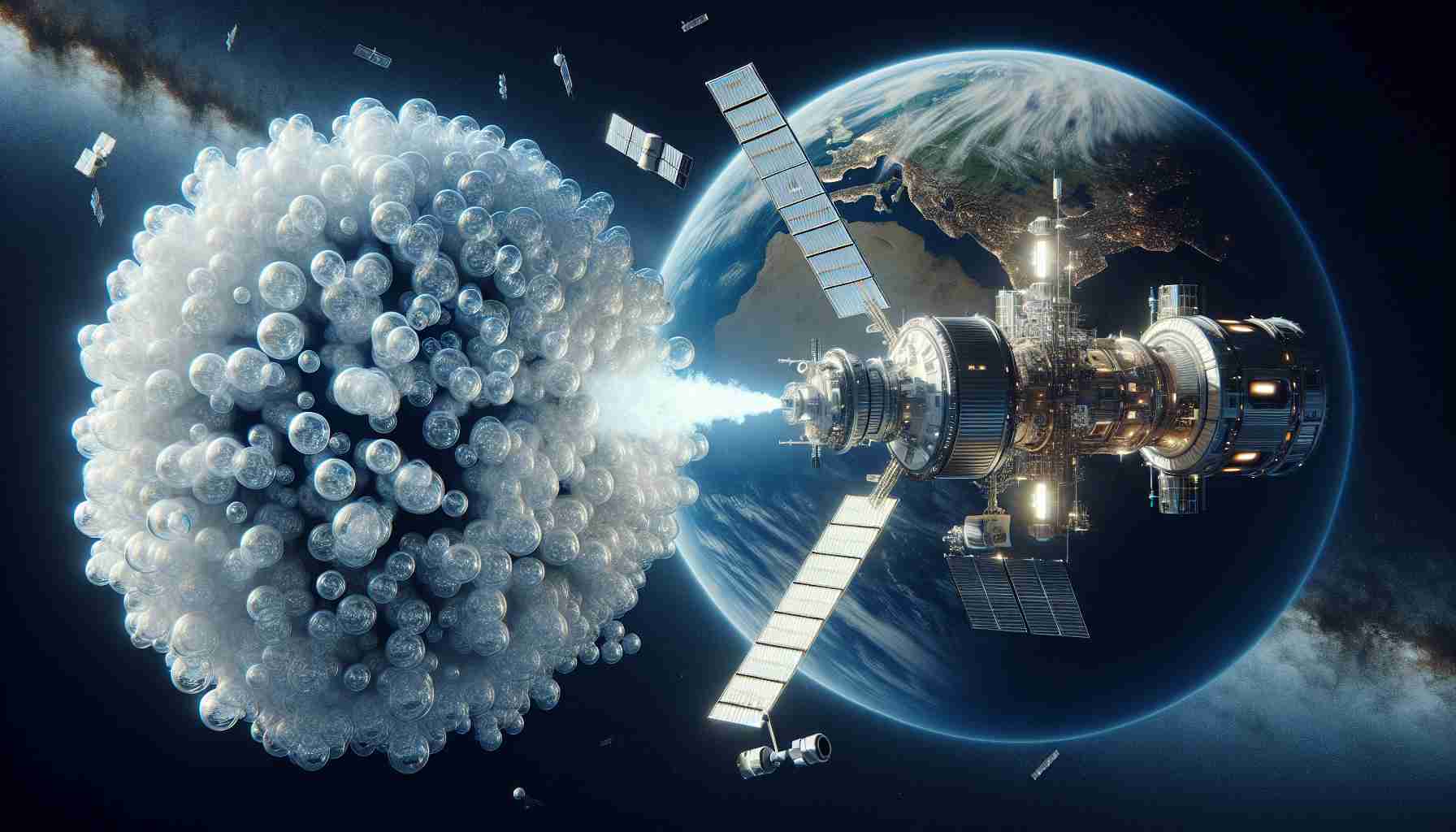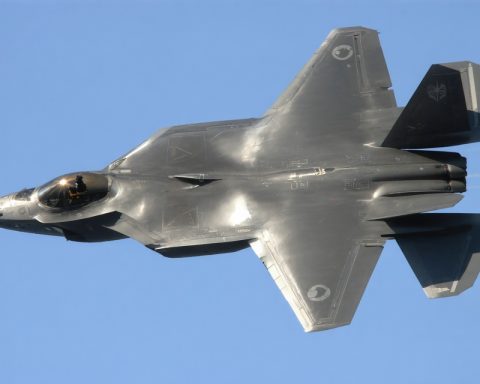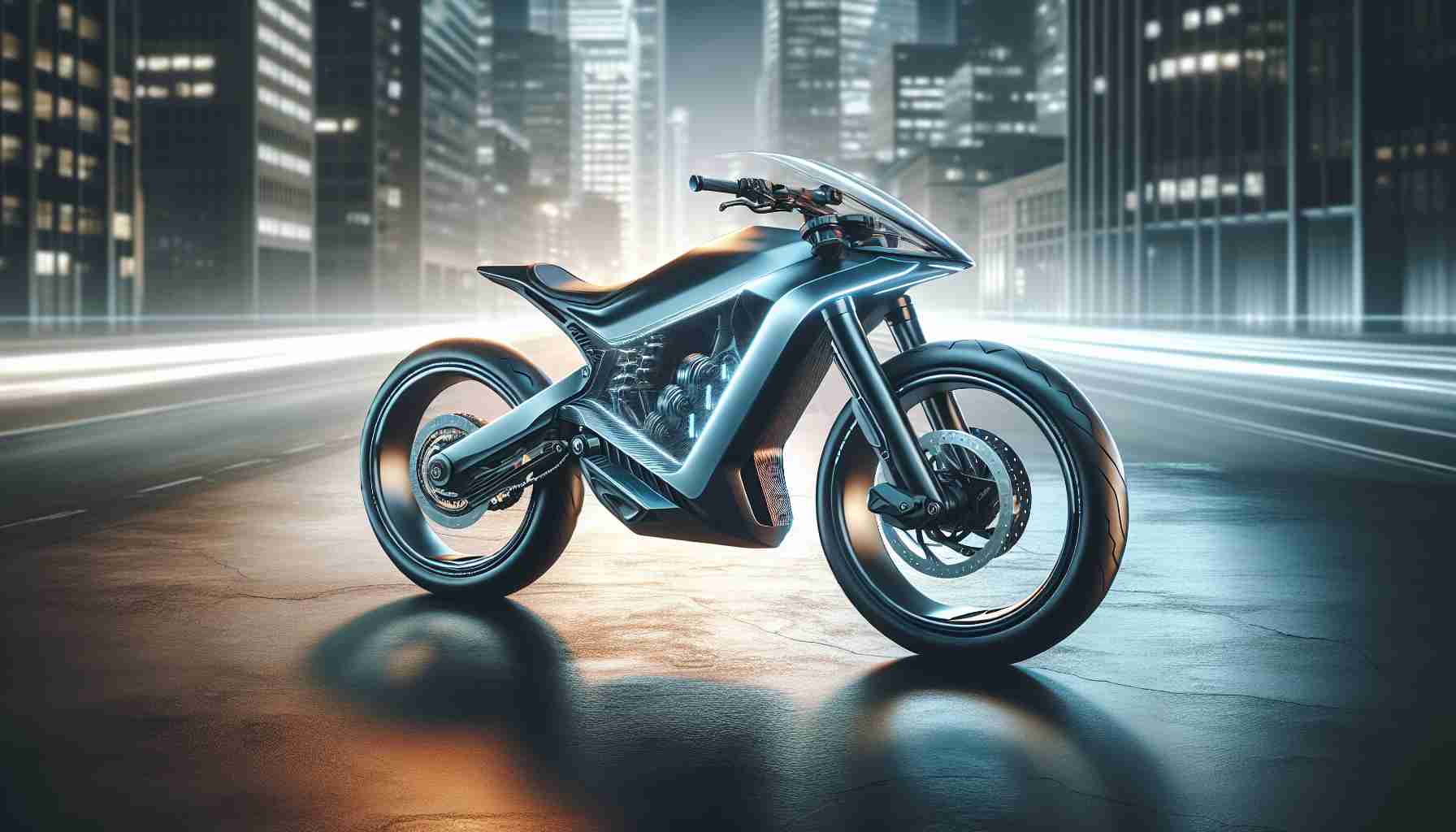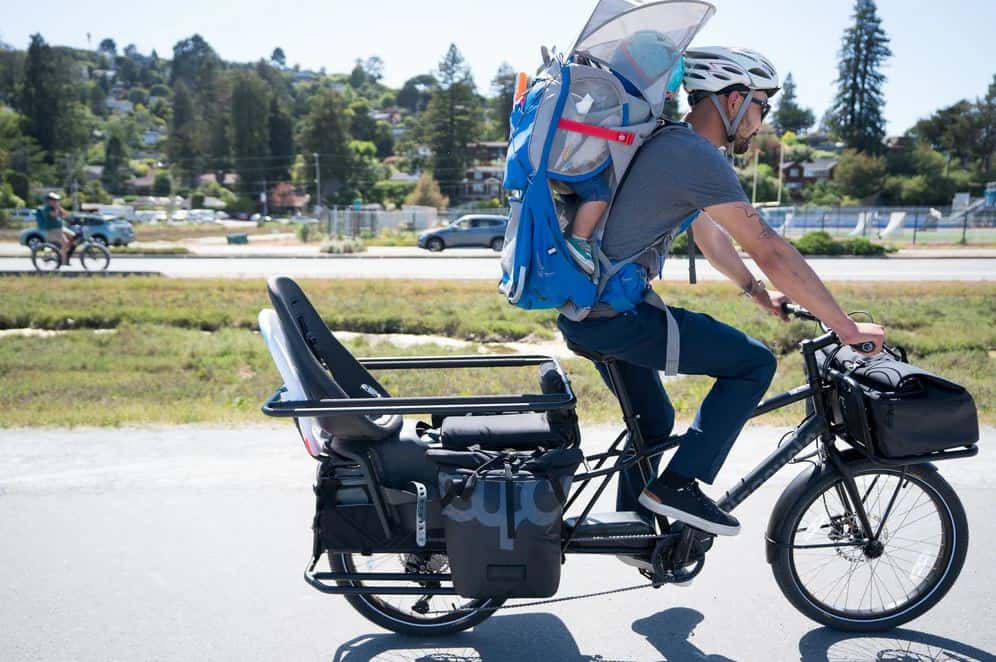Revolutionary experiments aboard China’s Tiangong space station have achieved a remarkable milestone in space exploration. For the first time in history, astronauts have successfully produced oxygen and essential components for rocket fuel while in orbit. This groundbreaking advancement is celebrated as a significant step toward sustaining human life in outer space and enabling future missions to the Moon and beyond.
The Shenzhou-19 crew conducted a series of sophisticated experiments utilizing innovative artificial photosynthesis technology. Within a specially designed drawer-like apparatus, they executed tests that converted carbon dioxide and water into breathable oxygen and ethylene—a critical hydrocarbon for rocket propellants. These technical feats were made possible through the use of advanced semiconductor catalysts.
The research focused on several vital areas, including effective carbon dioxide conversion at ambient temperatures, controlled flow management of gases and liquids in the unique microgravity environment, and the precise detection of the products generated during these reactions. This technology is engineered to imitate the photosynthesis process found in nature, allowing resource generation in confined spaces or on other celestial bodies.
Experts believe that these developments will lay the foundation for sustainable human presence in space, paving the way for upcoming crewed missions to the Moon before 2030. With these advancements, humanity takes a monumental leap toward exploring the cosmos.
Implications of Advancements in Space Resource Generation
The recent breakthroughs achieved aboard China’s Tiangong space station herald a new era in both space exploration and broader societal implications. As humanity edges closer to sustaining life in space, the ripple effects of this technology may stretch far beyond the confines of the cosmos, impacting global economies, environmental strategies, and cultural perspectives on resource use.
At the heart of these advancements lies the potential to transform how we approach resource scarcity on Earth. By developing efficient methods to produce oxygen and rocket fuel in space, we may inspire innovations in sustainable practices here at home. The principles of artificial photosynthesis could serve as a blueprint for advanced carbon capture technologies aimed at reducing atmospheric CO2 levels, promoting a circular economy and combating climate change.
Moreover, the success of these experiments supports long-term human colonization plans, which could redefine our cultural narrative regarding exploration. As we imagine permanent bases on the Moon or Mars, a paradigm shift in public perception might occur, fostering a spirit of global collaboration that transcends national boundaries. Countries may increasingly view space not just as a competitive frontier but as a shared realm for humanity’s advancement.
The environmental effects of these space technologies are equally compelling. If successfully implemented, they could minimize the carbon footprint of future space missions, setting a precedent for sustainable industrial practices throughout our solar system. This shift toward an environmentally conscious approach in space exploration may lead the way for future colonists to cultivate ecosystems, adapting terrestrial principles of ecology and sustainability to entirely new environments.
In essence, the outcomes of the Tiangong experiments may represent not just a significant milestone in the quest for human presence beyond Earth, but also a transformative influence on how humanity addresses its challenges—both on Earth and in the infinite expanse of space.
Pioneering Breakthroughs in Space Sustainability: Tiangong’s Historic Experiment
Introduction
China’s Tiangong space station has achieved a historic milestone in space exploration, heralding a new era of sustainable human presence beyond Earth. The recent experiments conducted aboard the Tiangong resulted in the production of oxygen and essential components for rocket fuel in orbit, marking a significant advancement in the technological capabilities crucial for future space missions.
Overview of the Experiments
The Shenzhou-19 crew undertook groundbreaking experiments leveraging artificial photosynthesis technology. This innovative approach involved a unique apparatus that facilitated the conversion of carbon dioxide and water into breathable oxygen and ethylene—a vital component for rocket propellants. The successful implementation of advanced semiconductor catalysts was key to this unprecedented achievement.
Key Features of the Technology
1. Artificial Photosynthesis: The core of the technology resembles natural photosynthesis processes found in plants, allowing for the generation of vital resources in controlled environments.
2. Carbon Dioxide Conversion: The system effectively converts carbon dioxide at ambient temperatures, a crucial factor for maintaining life-support systems in spacecraft.
3. Microgravity Management: The experiments required precise control of gas and liquid flow, reflecting the complexities of conducting science in a microgravity environment.
4. Product Detection: Advanced detection systems ensured accurate measurement of the products generated during the reactions, enhancing the overall efficiency of the process.
Use Cases and Future Applications
The implications of this research extend far beyond the Tiangong. The ability to generate oxygen and rocket fuel in space could transform long-duration missions, such as those planned for lunar exploration. This technology can be pivotal for future Mars missions, where sustainable life support systems remain a significant challenge.
Pros and Cons
Pros:
– Resource Self-Sufficiency: This advancement may allow astronauts to produce essential resources in space, reducing dependency on Earth supplies.
– Enhanced Mission Viability: The technology could extend the duration and reach of human space missions.
Cons:
– Technical Complexity: Developing and maintaining such systems in space poses significant technical challenges.
– Energy Requirements: The energy needed to operate these systems must be carefully managed and sourced in space.
Market Analysis and Trends
The ongoing advancements in space sustainability technologies reflect a growing market focused on enabling human presence beyond Earth. Companies and nations are investing heavily in research and development to improve life support systems and resource utilization in space.
Innovations on the Horizon
Looking forward, the integration of artificial intelligence and machine learning into space experimentation may further optimize processes related to resource generation. Continuous improvements in semiconductor technology could enhance efficiency and product yield, making in-space manufacturing increasingly viable.
Security Aspects and Ethical Considerations
As with any technological advancement, considerations regarding the security and ethical implications of utilizing Earth’s resources in space must be addressed. Agreements on space laws and the responsible use of planetary resources will be essential for future exploration initiatives.
Conclusion
China’s Tiangong space station is charting a new course in space exploration, with experiments that are paving the way for sustainable human presence in the cosmos. As lunar missions draw closer, the integration of innovative technologies will be crucial for achieving long-term goals of space exploration.
For more insights on space exploration and technology, visit Space.com.











